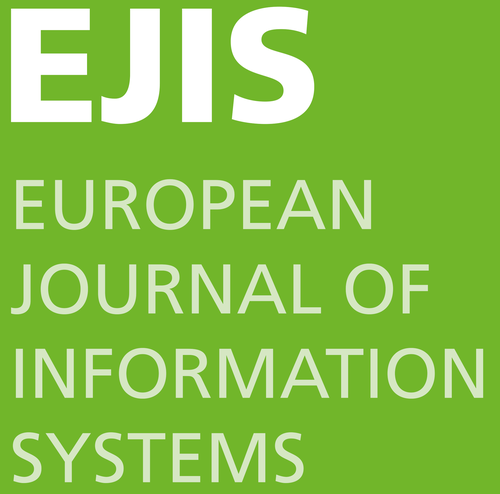- Posted Dec. 14, 2018
Requirements acquisition from hard-to-reach populations
Study: Population targeted requirements acquisition
Problem:The development of services, products, and information systems should focus on customer needs and preferences. Understanding the customers requires frequent interactions with them. However, this procedure is often perceived costly, difficult, and even unproductive. Because of these issues, companies may fail to acquire important requirements from potential key customers. Missing such valuable insights during design and development is likely to lead in sub-optimal performance of the outcomes.
How it was studied:The design and evaluation of this framework resulted from the engagement with more than 200 participants in five organizations. Since its introduction, the framework has been applied in more than 20 projects in various organizations and industries. The study was conducted in five stages: (1) identifying specific problems related to requirements acquisition for different populations; (2) building the theoretical foundations from five social science theories; (3) apply the theoretical foundation in addressing practical objectives; (4) formulating a framework for acquiring the system requirements from a specific customer population with five key principles and (5) evaluating the framework with practitioners.
Take away:We propose a framework for acquiring the requirements from a specific customer population. Five key principles of the framework are identified:
Principle 1: Knowledge capture
- DISCOVER the implicit architecture of the population knowledge;
- AGGREGATE knowledge with architecture that preserves the population’s knowledge structure;
- RETAIN individual requirements data with the resulting aggregated preference and reasoning information
- Outcome: OPTIMISE decision makers’ and designers’ understanding of a selected population
Principle 2: Subpopulation knowledge capture
- IDENTIFY meaningful subpopulations;
- ANALYSE requirements data for each to capture preferences and reasoning
- Outcome: UNDERSTAND preferences and reasoning for selected subpopulation(s)
Principle 3: Ability to inspire beneficial functionality
- CONSTRUCT non-representative samples of motivated participants whose ideas will be predictive of the population;
- SUPPORT effective participation for the targeted sample of experts
- Outcome: ELICIT requirements from selected participants of a population
Principle 4: Participation ability
- ENABLE participation by accommodating technical limitations in ability to participate;
- CHANGE the economics of participation through technical and procedural accommodation;
- RECOGNISE preferences and values that differ because of population members’ abilities or limitations
- Outcome: CAPTURE preferences and values that differ because of population members’ ability to participate or due to limitations in abilities
Principle 5: Convergent understanding
- TAILOR communication media to effectively acquire preferences, reasoning, and values;
- GAIN concordant understanding of preferences and their value for decision making
- Outcome: DEVELOP system requirements that reflect well-understood preferences for functionality, value, and priority among population
Publication Details
- Authors:Tuure Tuunanen
- Ken Peffers
- Categories: Information Systems
- Link: https://www.tandf...
European Journal of Information Systems

- Year: 2019
- Volume: 27
- Issue: 6
- Pages: 686-711


